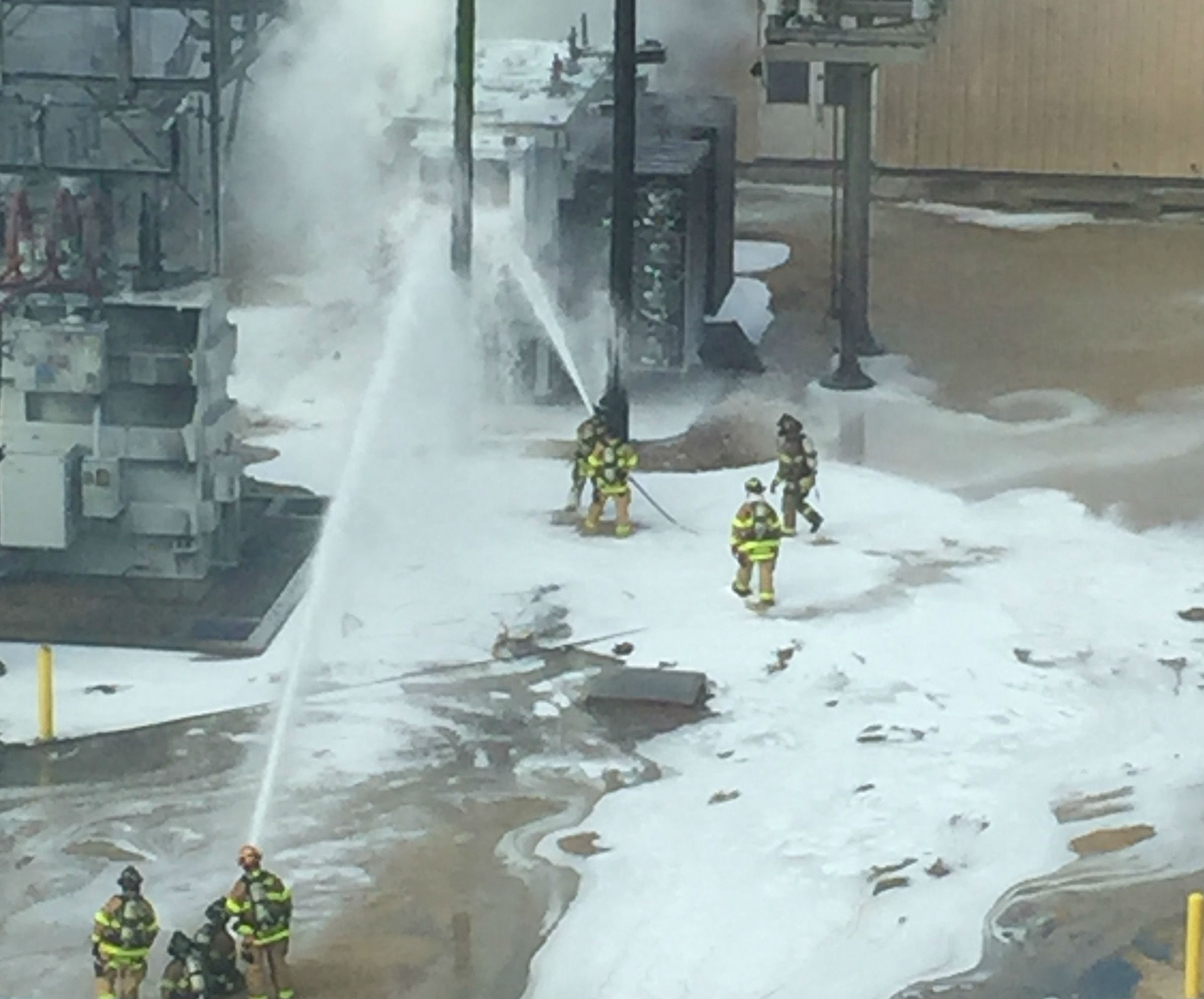Tensions were high at Sennett Middle School Thursday as experts from the Madison Water Utility and Public Health department gave a presentation and answered questions regarding recent concerns over polyfluoroalkyl substances (PFAS) contamination in local surface water.
With about 35 people in attendance, this public meeting attempted to respond to community uproar over the release of test results from last year indicating high levels of the human-made chemical compounds in Starkweather Creek, Lake Monona and Well 9.
At the public meeting, residents inquired about testing protocol, the technicalities of safely consuming fish from nearby lakes, and how to find information on each well’s testing results.
“I did toxicology for 40 years, I know how this works,” said one constituent. “The regulatory agents are years behind the science.”
“Have the companies who have created this mess put any effort into clean up? When are they going to come in and help with the situation?” asked another.
Just hours after Clean Water Lobby Day — where around 300 voters and 60 conservation organizations joined Wisconsin Conservation Voters to rally for clean water legislation — Madisonians are making it clear that they will not be turning a blind eye any time soon.
PFAS are not federally regulated and have been linked to various forms of cancer, liver damage, thyroid disease and more, so it is unsurprising that those in attendance were largely unsatisfied with the slew of bureaucratic jargon and uncertainty being thrown at them.
One woman, who said she recently moved to the Well 9 area, said she tested her own water with an at-home kit because she didn’t trust what was in her tap.
“I want my water utility company to be my champion,” she said.
While a lack of budget for clean-up efforts at Truax Field and legislative protocols supposedly restrict these government agencies from doing much to address the problem, the experts noted the importance of political pressure — which was the reason Well 15 was closed last year due to PFAS.
The state legislature has since banned the use of firefighting foam containing PFAS chemicals — as the MG&E fires last July widened the rift between the community and those responsible for producing such contamination — but constituents want more.
The Midwest Environmental Justice Organization is one of the grassroots groups fighting for greater regulation and transparency on Madison’s water quality, noting additional contamination concerns, advocating for the Water Utility’s Technical Advisory Committee meetings to become open to the public, and even going as far as saying that they do not feel as though the current advisories are protective enough for a majority of the population.
Health officials said that individuals’ decisions about drinking tap water are “highly personal,” and that the wells currently in-use are at acceptable and typical levels of state and federally regulated contaminants.
For now, community members can continue to attend Wisconsin PFAS Action Council and other organized meetings, and review the test results provided by the DNR themselves to better understand any risk to their household.
The next public PFAS forum with the Madison Water Utility and Public Health department will be held Feb. 8 from 10:30-11:30am at the East Madison Community Center.





